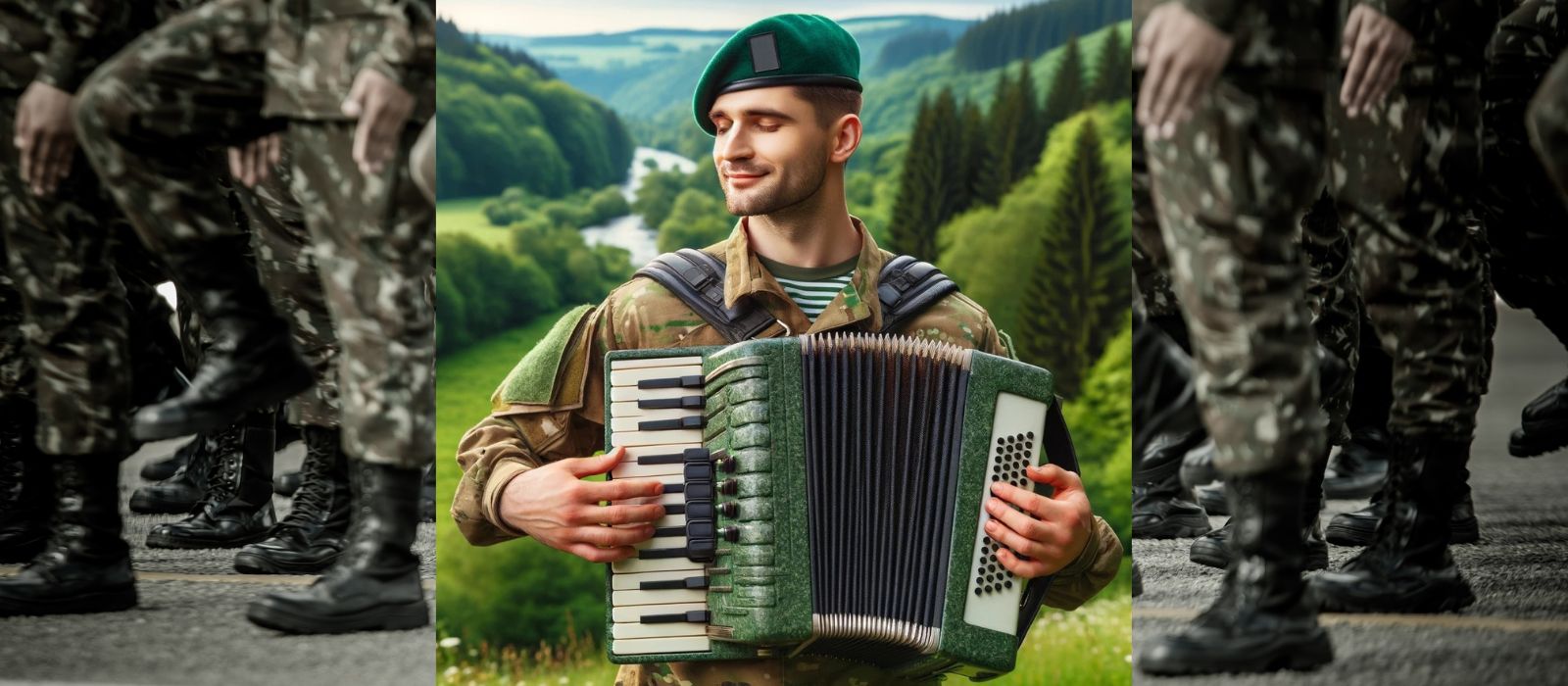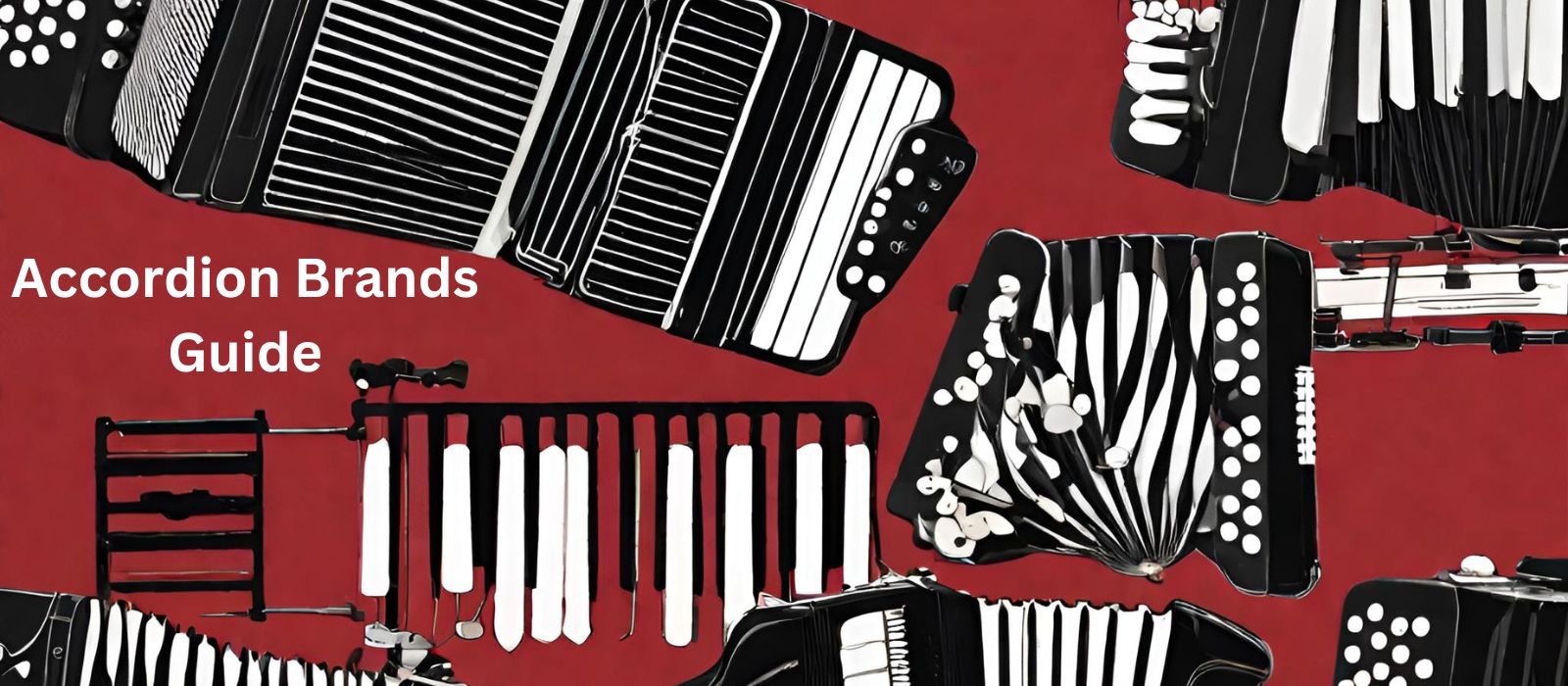Classical music is played on accordions worldwide
Most laypeople will assume that the accordion is a musical instrument designed only to play folk music. This notion is even more prevalent amongst those who don’t play or listen to classical music. Luckily, this myth has been debunked a long time ago.
The accordion made its debut in music during the 1800s not long after it was invented. Renowned composers, like Giuseppe Verdi and Gioachino Rossini embraced the accordions sound utilizing it to enrich their operas with tones and intricate layers of music.
The accordion, which is commonly linked with folk and popular music has a interesting past, in the world of classical music. Although it may not be the instrument that springs to mind when considering a Mozart concerto or a Beethoven symphony the accordion has found its place in a spectrum of classical compositions spanning from the early 19th century until modern times.
During the 1800s and early 1900s the accordion became increasingly popular as an instrument that could be played solo. Renowned accordion players, like Pietro Frosini and Guido De Angelis traveled around the globe showcasing their talent by performing both their compositions and arrangements of music pieces.
The accordion is a instrument that stands out for its ability to adapt in unique ways. Its envied by others because it can effortlessly transition from a performance, to the grandeur of an entire orchestra all in the hands of a single musician. With this instrument you can mimic the tones of a violin one moment. Then emulate the rich harmonies of a full symphony ensemble, complete with strings, brass and woodwinds. This collection showcases a range of masterpieces alongside original compositions specifically crafted for the accordion. It truly highlights the instruments capabilities. From opera melodies to known piano pieces, art songs and vibrant concerto themes this compilation spans three centuries of music. It features works from composers like Rossini and Dahl. ‘The Classical Tradition’ is destined to become a resource for accordionists as it offers an exploration, into the expressive depth and breadth that this instrument has to offer.
Today, more and more people are discovering the beauty and universality of this underrated instrument. The accordion’s rich and organ-like sound with a wide range of tonal capabilities and scales enables accordionists to play virtually any piece of classical music on it.
Both kinds of accordions, piano, and button ones are equally used in classical music orchestras.
The accordion has experienced a revival, in music during the few decades. Renowned composers like John Adams, Sofia Gubaidulina and Astor Piazzolla have composed pieces, for this instrument demonstrating its versatility and ability to convey emotions.
What accordions are best for playing classical music?
While classical tunes can be played on a piano and chromatic accordions, Bayan accordions are considered the most suitable for classical music performances. Bayan accordions are Russian-made chromatic accordions that are known for their B system also known as the “Moscow system.”
There is also a Serbian-style accordion known as “Dugmetara” with the same B chromatic system of buttons. These accordions are the preferred choice amongst the classical music accordionist for the following reasons:
- Reeds are broader, rectangular, and set in groups into a standard plate.
- Reed plates are set in screws rather than wax.
- Reeds are dry-tuned and have no tremolo effect.
- Bayan accordion produces a different tone from the western chromatic accordions, and the bass is more profound and richer.
- The right-hand button section is set towards the middle of the body.
Some of the most famous classical pieces played on an accordion:
- Johann Strauss II’s “An der schönen blauen Donau” (arranged for accordion)
- Astor Piazzolla’s “Libertango”
- Vivaldi’s “Concerto in A Minor” (arranged for accordion)
- Bach’s “Chaconne” (arranged for accordion)
- Piazzolla’s “Adios Nonino”
Due to the discoveries of synthesized and electronic music in the ‘60s and ‘70s, accordions experienced stagnant growth in popularity. Then again in the ‘80s and ‘90s, classical composers started taking a closer look at this underrated instrument. A famous French accordionist, Vincent Lhermet called an accordion “a Swiss Army knife of musical instruments.” We couldn’t agree more!
With the advent of sophisticaed electronic accordions, playing classical pieces became even easier. Initially, right after the instrument started being mass-produced in the early 1900s, accordions were widely used in operas and arias across Italy and France.
Accordion as a part of a classical music quartet
Accordions have been part of classical music quartets in Russia for a long time. In the last 20 or so years, western composers of classical music have finally realized the capacities of this underrated instrument and begun incorporating it into various quartets.
Although piano accordions are still widely used in the US and the EU countries, digital chromatic accordions like Roland, Hohner, and Rizatti are becoming very popular amongst accordionists in those regions.
A few final thoughts
The unique sound and expressive possibilities of the accordion have caught the attention of composers and performers worldwide highlighting its importance, in the changing world of music.
With a growing repertoire and ongoing exploration of its capabilities the accordion is on track to hold a prominent position in the classical genre. This increase in popularity reflects an acceptance and acknowledgment of the instruments versatility and its ability to contribute significantly to compositions.
As we witness the accordions transition from its folk origins to concert venues it becomes evident that its role, in music is not only expanding but also evolving, promising an exciting future filled with innovative sounds and captivating performances.
Dino is a hobbyist accordionist who loves music, photography, architecture, design and a slew of other fun things. He decided to launch this blog due to an increasing popularity of the accordion. He learned how to play the accordion by ear as a child and then progressed on to keyboards and eventually a drum set. He grew up in the Balkans and now lives in California where he occasionally plays the accordion at birthday parties and NYE celebrations. He now shares his love for the accordion through this blog.








Leave a Reply